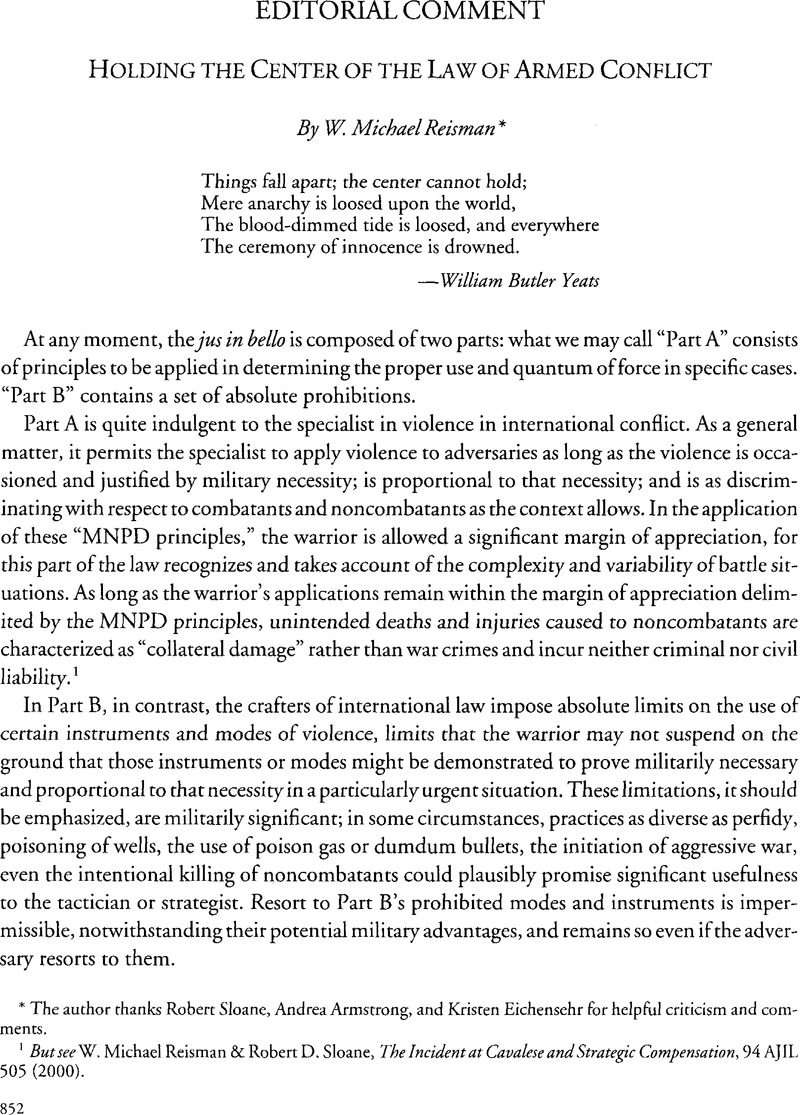
It describes the key differences between military and police tactics on the use of force. This article examines the nature of contemporary conflicts from two perspectives: the legal references that guide operations and the rules on the use of force. personnel train allied forces on the laws of war in lieu of more restrictive criminal law techniques, those forces might then use inappropriate tactics, which could result in instances of excessive force or human rights violations. forces conduct training with other military forces, American forces might be working off one legal framework while partners are governed by another set of rules, ones that are much more restrictive regarding the use of force. security assistance efforts, a multibillion-dollar program to train and equip U.S. forces adhering to LOAC while international partners follow criminal law and human rights law-creates operational and legal difficulties during U.S. military forces provide security assistance to partner nations in these circumstances, they are operating in a gray area that requires legal and operational knowledge of both military and police tactics.

However, these low-intensity conflicts can be so violent that the militaries in many countries have been called to support police efforts. 1 In these conditions, LOAC does not apply there is no armed conflict per the legal definition of the term.

However, in over 80 percent of countries in the world today, violence is being caused not by conventional state-on-state armed conflicts but rather by criminal activity-which is often as intense and violent as conventional conflicts between nations.

In overseas operations where an armed conflict is occurring, use-of-force rules are governed by the Geneva Conventions and other law of armed conflict (LOAC) treaties. The United States uses its Armed Forces almost exclusively overseas, normally as part of a coalition operation but also for noncombat operations such as disaster relief and security assistance.


 0 kommentar(er)
0 kommentar(er)
